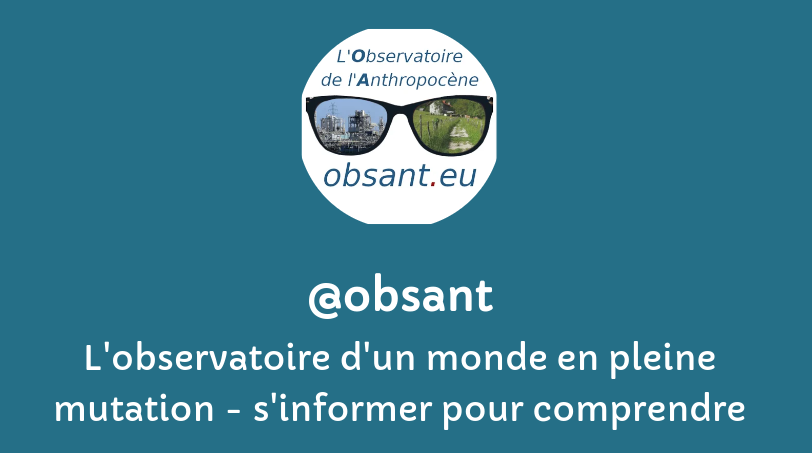filtre:
environment
2025
Nonylphenol is a toxic xenobiotic compound classified as an endocrine disrupter capable of interfering with the hormonal system of numerous organisms. It originates principally from the degradation of nonylphenol ethoxylates which are widely used as industrial surfactants. Nonylphenol ethoxylates reach sewage treatment works in substantial quantities where they biodegrade into several by-products including nonylphenol. Due to its physical–chemical characteristics, such as low solubility and high hydrophobicity, nonylphenol accumulates in environmental compartments that are characterised by high organic content, typically sewage sludge and river sediments, where it persists.
An epic analysis of 5,000 years of civilisation argues that a global collapse is coming unless inequality is vanquished
Despite concerns over the environmental impacts of AI models, it's surprisingly hard to find precise, reliable data on the CO2 emissions and water use for many major large language models. French model-maker Mistral is seeking to fix that this week, releasing details from what it calls a first-of-its-kind environmental audit "to quantify the environmental impacts of our LLMs."
Healthy environment a human right, UN court says in landmark climate ruling
CEOBS was launched in 2018 with the primary goal of increasing awareness and understanding of the environmental and derived humanitarian consequences of conflicts and military activities. In this, we seek to challenge the idea of the environment as a ‘silent victim of armed conflict’. Download our ‘About us‘ summary.
This Contemplation is the result of my beginning to put together a different one that’s focussing upon an academic article I’ve been reading (Collapse, Environment, and Society) but that got me thinking about the academic ‘debate’ regarding what ‘societal collapse’ is, how it may–or may not–unfold for our current experiment in large, complex societies, and how things are perceived in the moment by those experiencing societal change. The ‘debate’ (centred more-or-less on the question: Do societies actually ‘collapse’ or are they ‘merely’ shifting/transforming/adapting to changing conditions?) is rather ‘academic’ in that in the grand scheme of things it’s intellectually interesting but doesn’t have much to do with the on-the-ground, real-life experiences and concerns of most humans in a society–especially if they are experiencing some of the more ‘problematic’ consequences of collapse/transformation.
The world's largest polluters are also the safest from the environmental damage they help create—while the countries least to blame face the greatest threats, including the increased possibility of violent conflict.
Anti-environmentalism is gaining ground. Attacks on the net zero goal and hostility to conservation measures and anti-pollution targets are becoming more common. And, as recent election results have shown, these tactics are reshaping politics in Britain and across the west.
Microplastics have been found for the first time in human ovary follicular fluid, raising a new round of questions about the ubiquitous and toxic substances’ potential impact on women’s fertility. The new peer-reviewed research published in Ecotoxicology and Environmental Safety checked for microplastics in the follicular fluid of 18 women undergoing assisted reproductive treatment at a fertility clinic in Salerno, Italy, and detected them in 14.
While NGOs and Members of the European Parliament are calling for a ban on so-called "forever chemicals" in pesticides, only a few kilometres from Brussels, in Flanders, contamination is in full swing, even affecting organic farmers. PFAS (per- and polyfluoroalkyl substances) are chemicals used mainly for their water-repellent properties. Recent studies suggest that pesticide products may contain PFAS and that some active ingredients may meet the definition of a PFAS. This group of chemicals is a known threat to human health. Once in the environment, they are extremely persistent, earning them the nickname "forever chemicals".




